|
First stop is Leigh on Sea, which hosts the closest fishing activity to London and is the capital of the estuary's cockle-harvesting business. Up until the 1980s cockles were raked from the sands by hand but today vacuum dredgers suck up them in huge quantities. There are only 14 licences to fish for cockles allocated for the whole of the Thames Estuary and eight of them are held in Leigh. While the boats supply the traditional and tourist markets in the area, most of the catch is exported to Europe. Leigh's economy grew on the raking of cockles because of the miles of sand revealed by the receding tides, which is also why Southend has the longest pier in the world - it needed to be that long so that boats could use it and people could get a glimpse of the sea at low tide. I was too early to be able to get onto the pier and was sorry to have missed White Arkitektur's Cultural Centre and Cafe which was erected in 2012. The structure was prefabricated at Tilbury Docks, shipped along the Thames and craned into position - a much more appropriate addition than the detritus I had found at Hastings. I cycled through Jaywick Sands before hitting the seafront at Clacton. I had first heard about Jaywick when it was featured in an issue of Archigram many years ago. As I recall the magazine celebrated the informal architecture of the place and the interventions made to the bungalows and shacks by their occupants. The nearest thing in England to favelas and barriadas. The Archigram Group had probably been pointed in the direction of Jaywick by the Bartlett history Professor and writer Reyner Banham who lectured on the Essex settlement to his architecture students. More recently the poorly-serviced plotland development that once provided a place of escape for east Londoners has been named the most deprived town in the UK and in 2015 was featured in the Channel 5 programme 'Benefits by the Sea.' Today, there seems to be little evidence of the delights of customisation. In comparison to Southend's 2kms long pier, Clacton-on-Sea's is a minnow at 360m. In her excellent book, Excellent Essex, Gillian Darley describes the role of entrepreneurial engineer Peter Bruff in the founding of the town. The pier opened in 1873 and visitors would arrive by sea. In the 1860s Bruff had developed Walton-on-the-Naze as a seaside resort and built a railway line connecting it to Ipswich. Before I got to Clacton I had stopped briefly in Rayleigh to take a phone call; as I moved off I dropped a small bag with my video memory cards, AirPod and GoPro chargers inside. I was ten miles down the road to Colchester before I realised what had happened and hotfooted it back to the spot where I stopped, but no bag to be seen! I set off again and was another ten miles down the road when I received a phone call. "I'm Holly Street, my father has found a bag with your name in it." I didn't have time to make another trip into Rayleigh so I arranged for the bag to be sent to my home. Thanks, Holly! and Holly's dad. From Clacton to Frinton-on-Sea was a lovely ride along their nice wide promenade with a following wind. I had to make a slight detour for the no cycling request as the route narrowed as it came to a row of beach huts perched out over the sea. Overlooking the sea at Frinton is the Frinton Park Estate which was planned in the 1930s to include 1,100 houses, a town hall, college, churches, a shopping complex, and hotel. Oliver Hill was the principal architect and selected a stellar group of young, progressive architects, including Wells Coates, Maxwell Fry, Tecton, FRS Yorke and Frederick Gibberd to design sections of the estate. But the project foundered. The modernist, experimental design and such as concrete construction proved difficult to sell. Only about 35 houses were built; Oliver Hill had designed 12 of them , of which ten survive. The style is more popular now and a number of the houses have been restored.
1 Comment
It wasn't such a great ride today though the Thames Estuary - or what I used to call the Thames Gateway. The low lying land means you're not that close to the water and the drivers in Kent and Essex are a hell of a lot more aggressive than those on the south coast. The Strava route took me on a mix of busy roads and quieter lanes. The landscape in these parts is generally gritty and flat; big logistics sheds, power lines and industrial structures dominate the low horizon. I cycled across the Isle of Sheppey to Sheerness with its busy port handling motor cars and fruit and veg. It's on the edge of England, and it feels it. Although it is a busy seaside resort I could find few redeeming features except for a delightful piece of miniature pavement art tucked away on the most deserted section of the promenade showing a mouse and its shopping list. Then on to Gillingham, Chatham - where the dockyard was sadly closed dues to COVID19 - Rochester and Gravesend. There I took the small ferry across the River Thames to Tilbury. On the north bank of the Thames sits Tilbury Fort which has protected London’s seaward approach from the 16th century through to the Second World War. Henry VIII built the first fort here, and Queen Elizabeth I famously rallied her army nearby to face the threat of the Armada. The present structure is much the best example of a star layout in England, with its circuit of moats and bastioned outworks. From there I took a detour through the Thameside Nature Park with its gravel paths until I emerged onto the dual carriageway that leads down to DP World London Gateway Port deep sea container terminal; huge lorries stacked with containers roared up and down. Strava sent me down a road that was fenced off at its end so I retraced my steps and was forced to navigate one of the most complex series of roundabouts I have ever come across chased by the aforesaid lorries and Essex boy racers. I was relieved to get to Canvey Island and pleased to be there in time to check out The Labworth Cafe which was Ove Arup's first building constructed 1932-33 which he designed to resemble the bridge of the Queen Mary. Although it looked a bit bleak with its shingle protection shutters on the front windows, you could see what Ove was getting at. Faversham to Canvey Island 133km
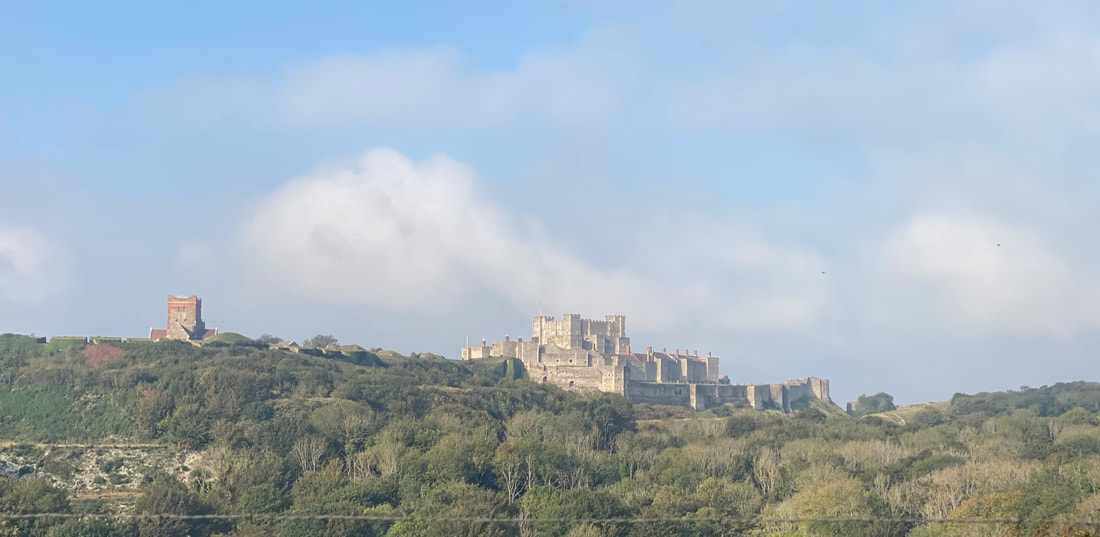 Dover Castle Dover Castle There’s a longish climb to get out of Folkestone, a short ride before you’re whizzing back down to sea level at Dover, through the port and up to the top of the famous White Cliffs, from which the views back to Dover Castle are spectacular. First stop of the day was Deal where I dropped in on Valerie Owen, the Master of the Worshipful Company of Chartered Architects and a local practitioner who gave me a potted history of the town: Henry Vlll’s three castles at Deal, Walmer and Sandown built to keep out the French, the smugglers and the wreckers who plundered shipwrecks on the Goodwin Sands, and the strong community ties that exist in the historic town. I then enjoyed a ride around the older parts of Deal, the Marine Barracks and the pier but was somewhat miffed at all the No Cycling signs, particularly on the pier where you aren’t even allowed to take your bike onto the pier let alone ride it. When I got to Sandwich the toll bridge across the River Stour was closed for maintenance. The bridge should have taken me on what looked like a pleasant ride across the Sandwich Estate, instead, I was forced to use the busy dual carriageway A256 to get to Ramsgate, passing Discovery Park, the former HQ of pharmaceutical company Pfizer who moved away in 2011 devastating the economy of the area. Discovery Park is now multi-occupied and rebranded as ‘Kent’s leading science park’. There is nice sweep down into Ramsgate and the Royal Harbour which forms the focus of the pretty town - spoilt somewhat by a hideous Travelodge Hotel. Apparently, Ramsgate is the only Royal Harbour in the country: it got its name from George lV who enjoyed his time there in 1821. The adjacent Ramsgate Port handles freight and passenger services, acts as a support centre for the London Array, Thanet Offshore and Kentish Flats wind farms as well as accommodating the Ramsgate fishing fleet. Most boats work within the 6 or 12-mile limits catching sole, skate, plaice and cod as well as shellfish. Local Conservative MP Craig MacKinley is bullish about the future of local fisheries post-Brexit: “I anticipate a significant dividend for our local under 10m fleet,” he says. Then on through Broadstairs to Margate on a really lovely ride, much of it along sea defences with cliffs to the left of me and lapping waves to the right. The entrance to Margate itself is disappointing - as you turn the corner into The Parade you are greeted by the backside of Chipperfield’s Turner Gallery, not one of my favourite buildings even from the front, it’s not a great welcome to the town. I do wonder just how much culture can really impact on local economies like Margate’s. I came across a rather good blog by Paul Swinney of the Centre for Cities who questions whether the brand recognition created by cultural projects brings with it an equivalent economic impact. The £68 million reportedly generated by the Turner Gallery would only equate to a maximum 0.5% of the total money created in the Thanet economy over that time, “a positive, but small number.”
What such interventions do, says Swinney, is to make such towns attractive places to live and with high-speed connections London they open up the possibility of Margate acting as a suburb of the capital. “The data offers some evidence of this happening – around 8,500 more people moved to Thanet (the local authority that Margate sits in) than moved to London between 2009 and 2017. This clearly is not a solution for a more isolated place like Scarborough or Grimsby.” I carried on along to Reculver and the striking towers of the ruined medieval church which dominate views of Herne Bay and act as a navigation marker for ships - as they had for me for the last ten miles or so. Then to Whitstable, the poster child of regenerated seaside communities. Today it is celebrated for its oysters but the industry had practically died out in the 1950s. Today good train links to London make it a draw for day-trippers, ostreaphiles and foodies generally. Then on to Faversham for the night. Folkestone to Faversham 118km 832m |
Archives
October 2020
Categories |
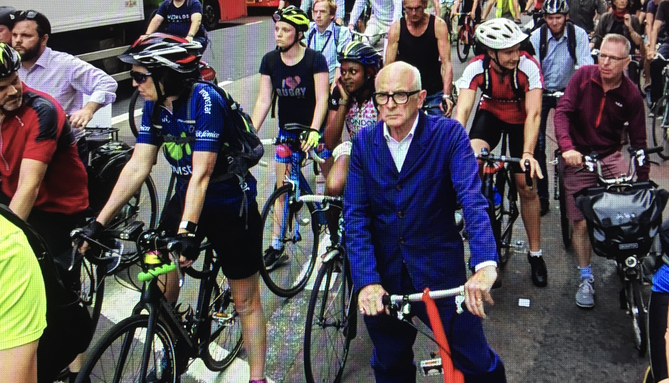


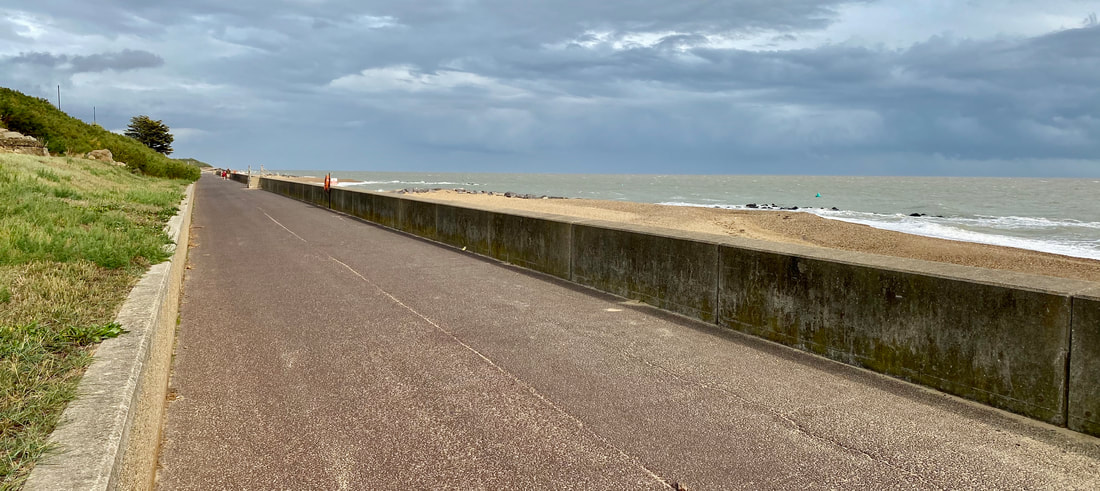
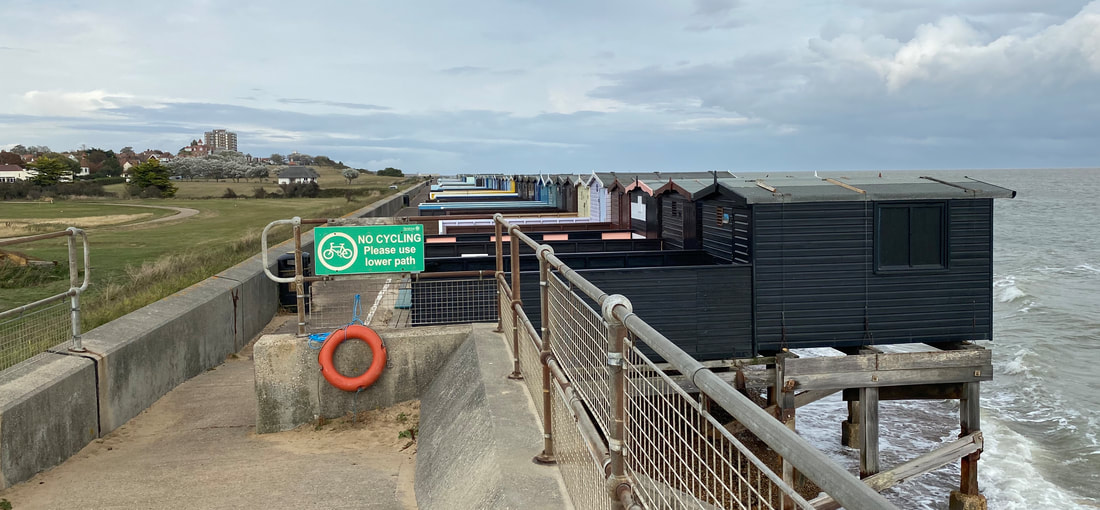
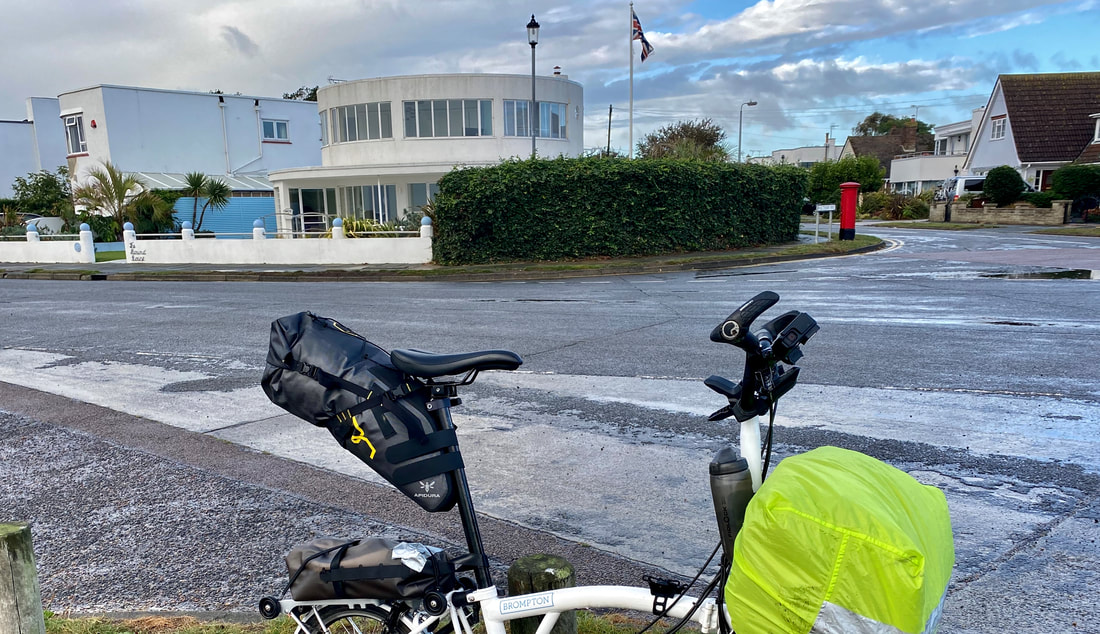




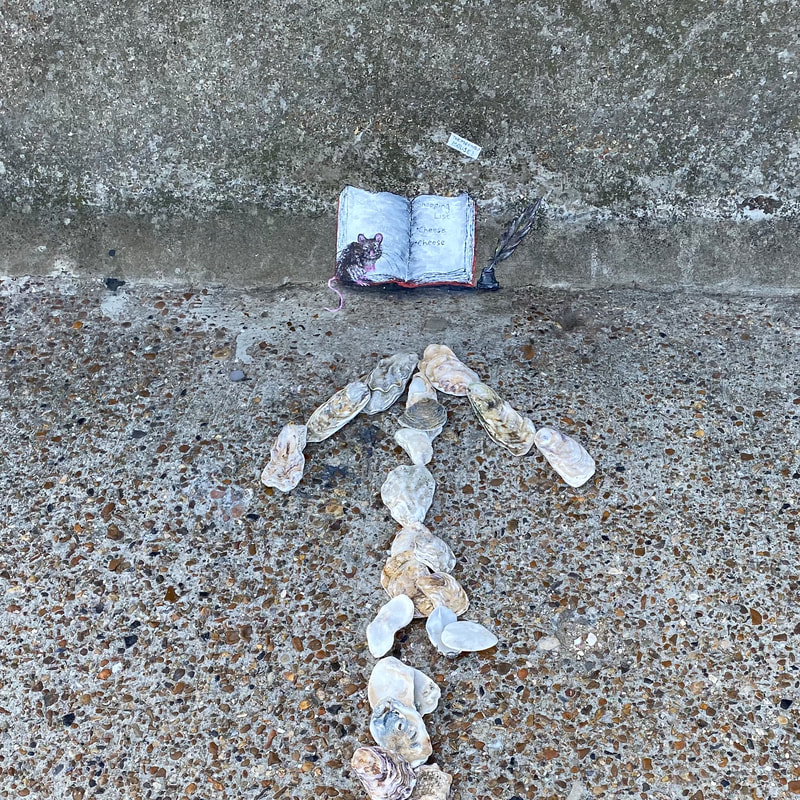





 RSS Feed
RSS Feed